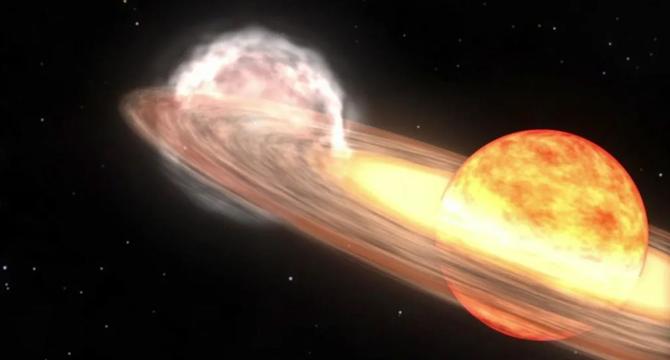Livescience
1w
404

Image Credit: Livescience
Elusive 'Blaze Star' nova could finally appear in our skies this week after multiple false alarms
- T Coronae Borealis (T CrB), also known as the 'Blaze Star,' is a recurrent nova expected to appear in the night sky this week, triggered by an eruption in its binary star system.
- This spectacle, last seen in 1946, is challenging to predict accurately despite historical data indicating its recurrence every 80 years.
- The binary system includes a red giant and a white dwarf, with the latter undergoing explosive episodes when excess hydrogen accumulates on its surface.
- Multiple false alarms have been raised regarding the Blaze Star's appearance, with recent expectations pinpointing March 27 for its potential reemergence.
- A study suggests a pattern based on the orbital period between the stars could aid predictions, with potential future dates for the nova's appearance in subsequent years.
- The exact cause behind the recurrent nova's eruptions remains unclear, with empirical extrapolations guiding current predictions.
- Once visible, the Blaze Star will shine brightly in the Corona Borealis constellation and will be among the brightest objects in the night sky.
- Stargazers can use nearby constellations like Hercules and Boötes as guides to locate the nova, projected to have an apparent magnitude similar to the North Star.
- Enthusiasts equipped with telescopes or binoculars may enjoy observing the Blaze Star for several days after its initial visibility to the naked eye.
- Although the precise timing of the Blaze Star's appearance remains uncertain, its anticipated reemergence offers a fascinating celestial event for skywatchers.
Read Full Article
24 Likes
For uninterrupted reading, download the app